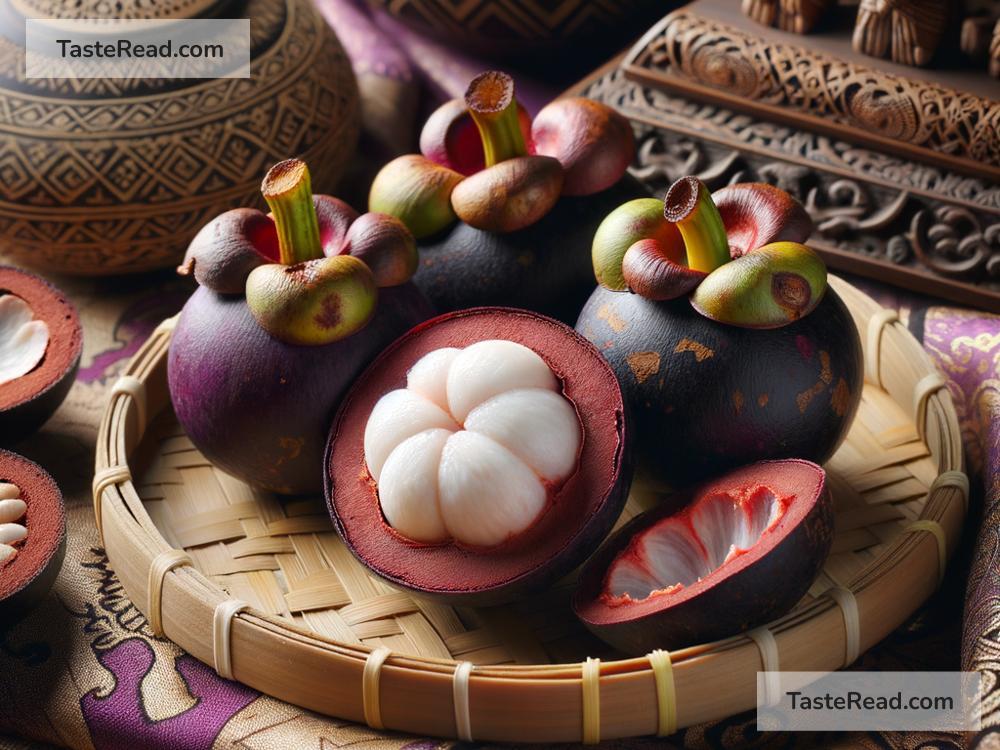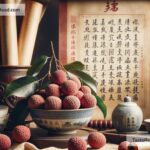The Ancient Significance of Mangosteen in Southeast Asia
Mangosteen, often called the “queen of fruits,” is a small, round fruit with purple skin and creamy white flesh. It is not only delicious but has been cherished for centuries across Southeast Asia for its cultural, spiritual, and medicinal significance. The mangosteen’s rich history tells us much about the deep connection between people and nature in this tropical region.
Mangosteen: A Symbol of Royalty and Prestige
One of the reasons mangosteen earned the title “queen of fruits” is because of its association with royalty. In many Southeast Asian cultures, the fruit was considered a delicacy reserved for kings and queens. Its unique taste, which is sweet and slightly tangy, made it a prized possession. It was often presented as a gift to important guests, symbolizing honor and respect. Some legends even suggest that mangosteen trees grew in royal gardens, where the fruit could only be enjoyed by the elite.
In certain Southeast Asian countries like Thailand, mangosteen is deeply woven into the national identity. The fruit’s elegant appearance and delightful flavor represent the richness of the land and remind people of ancient traditions. This reverence for mangosteen is still passed down through generations, keeping its cultural significance alive.
Mangosteen in Spiritual Practices
Mangosteen has also played a role in spiritual and religious practices. Its natural beauty and purity made it an offering to the gods or spirits in traditional rituals. In many Southeast Asian cultures, people believed that fruits with vibrant colors and fresh aromas had divine blessings. The mangosteen, with its deep purple rind and soft white interior, was a particularly popular choice.
In villages, families would sometimes offer mangosteen to ensure good harvests, protect homes from negative energy, or bring good luck. These rituals demonstrated respect for nature and the belief that humans are closely interconnected with their environment. Even today, mangosteen is sometimes used in religious ceremonies or symbolic events.
Mangosteen as Traditional Medicine
For centuries, mangosteen has been celebrated for its healing properties. Ancient healers in Southeast Asia discovered that the fruit and its rind could be used to treat various illnesses. The sour and sweet flesh was believed to aid digestion, reduce fevers, and boost energy. Meanwhile, the thick purple rind, when dried and ground into powder, was used as a remedy for skin infections, wounds, and inflammation.
Traditional herbalists also used mangosteen extracts to help with ailments like diarrhea and arthritis. These medicinal practices were based on observation and passed down orally in communities long before modern science confirmed mangosteen’s health benefits. Today, we know mangosteen contains antioxidants called xanthones, which have anti-inflammatory and anti-bacterial properties.
In some regions of Southeast Asia, mangosteen tea is made from the peel and drunk as a natural remedy for improving immunity and overall wellness. The fruit remains an essential part of local health traditions, proving its lasting importance through time.
Mangosteen in Daily Life and Folklore
Mangosteen has inspired countless stories and folktales across Southeast Asia. In one tale, the fruit is said to have been created by the gods as a token of their love for the people. Its thick skin represents protection, and its soft white flesh symbolizes purity—a sign that nature is both strong and gentle.
In Thailand, mangosteen was once considered a fruit with magical qualities, able to strengthen bonds within families and communities. Similarly, in Malaysia and Indonesia, elders often shared stories of mangosteen trees being sacred and bringing prosperity. These tales passed from generation to generation, giving mangosteen a special place in the hearts of Southeast Asians.
Beyond legends, mangosteen was also a staple in daily life. During harvest season, families and neighbors would gather under the shade of mangosteen trees to collect ripe fruits. This was not just a task but a celebration—a time to come together, share stories, and appreciate the bounty of nature.
Modern Love for Mangosteen
Today, mangosteen remains a beloved fruit in Southeast Asia. Although its ancient significance is rooted in spiritual, cultural, and medicinal values, it is also enjoyed simply as a delicious treat. Mangosteen is sold in local markets, where its vibrant purple color catches the eye of fruit lovers. The fruit is often eaten fresh, juiced, or turned into desserts. Its popularity has even spread to other parts of the world, where it is praised for its flavor and health benefits.
In addition to its culinary uses, mangosteen’s role as a symbol of Southeast Asian heritage continues to thrive. Festivals celebrating local fruits often feature mangosteen as a centerpiece, reminding people of its rich history. Tourists visiting Southeast Asia are eager to try this “queen of fruits” and learn about its unique connection to the region’s past.
Conclusion
Mangosteen is more than just a delicious fruit—it is a cultural treasure of Southeast Asia. For centuries, it has been linked to royalty, spirituality, health, and community. Its vibrant history teaches us how nature and human traditions are intertwined, shaping the lives of generations.
Even in modern times, mangosteen remains an important part of Southeast Asian identity. Whether it is enjoyed as a sweet snack, used in medicine, or celebrated in festivals, it continues to be loved and admired. The ancient significance of mangosteen reminds us to respect and cherish the natural world and the traditions that connect us to our roots. Truly, mangosteen is a gift from nature that has stood the test of time.


